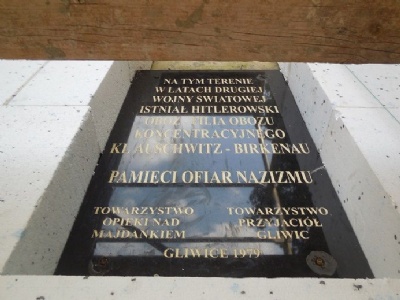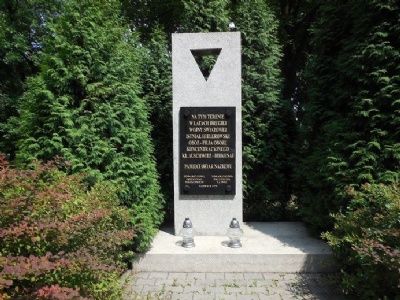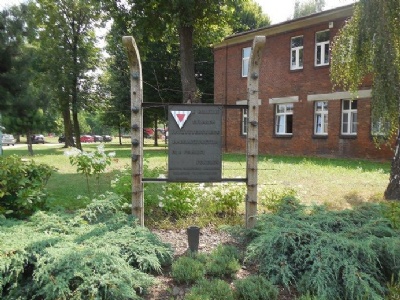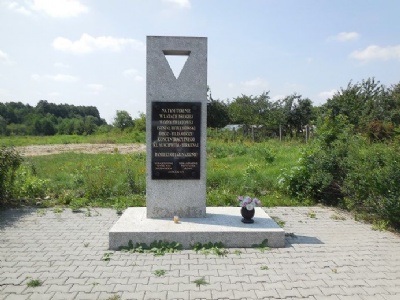Gleiwitz I-IV
In March 1944, a satellite camp to Auschwitz was established at Gleiwitz. Prisoners from Auschwitz were used as slave workers to repair railway wagons, build roads and runways at a nearby airport. The prison camp itself was surrounded by a wall, barbed wire fences and watchtowers. Barely 100 prisoners died as a result of either hard work, beatings, starvation, disease or execution. The prisoners were also forced to undergo regular selection, where those SS doctors deemed incapacitated were sent back to Auschwitz. In January 1945, there were more than 1,300 prisoners in the camp who were forced out on a Death march westward to the Gross rosen concentration camp.
In May 1944, Auschwitz took over an existing Jewish labor camp at Gleiwitz, which was used as slave labor in a paraffin oil factory. The prison camp was called Gleiwitz II and consisted of several barracks surrounded by barbed wire fences and watchtowers. The male prisoners worked to expand the factory and to repair factory equipment. The female prisoners worked inside the factory with handling kerosene, which had the consequences that they suffered bodily injuries both internally and externally. At the turn of the year 44/45 there were over a thousand prisoners in the camp. In January 1945, the prisoners were evacuated to Sachsenhausen and Ravensbruck.
In July 1944, a third satellite camp was established at Gleiwitz, called Gleiwitz III. Initially the prisoners were forced to build the prison camp themselves and to set up the factory in which they would work. Production began in October 1944, and the prisoners were forced to work on various products intended for armed forces, as well as the manufacture and repair of equipment for railway wagons.
In 1944, a fourth satellite camp to Auschwitz was established in the outskirts of Gleiwitz (IV). Initially, about 80 Russian and polish prisoners from Monowitz were placed in the camp, but already in August they were replaced with hungarian and polish jews. Their first task was to build barracks and set up barbed wire around the camp. Later, they were forced to work on various military vehicles and to work with unloading cargo at a canal. When the camp was evacuated in January 1945, there were about 450 prisoners in the camp who were sent to other camps. Barely sixty prisoners who were too sick to be evacuated were murdered by the SS setting the camp infirmary on fire.
Current status: Demolished with monument (2015).
Location: The monuments are located at four different locations in Gliwice.
Get there: Car.
Follow up in books: Kogon, Eugen: The Theory and Practice of Hell: The German Concentration Camps and the System Behind Them (2006).





At Gleiwitz II and IV there are only monuments. At Gleiwitz I there is a memorial plaque on a house wall. At Gleiwitz III there is a memorial but also at least two preserved watchtowers and a preserved part of the wall that surrounded the camp. The watchtowers are locked and you cannot enter them. In order to find the memorial monument and watchtowers, you have to drive into an industrial/business area.